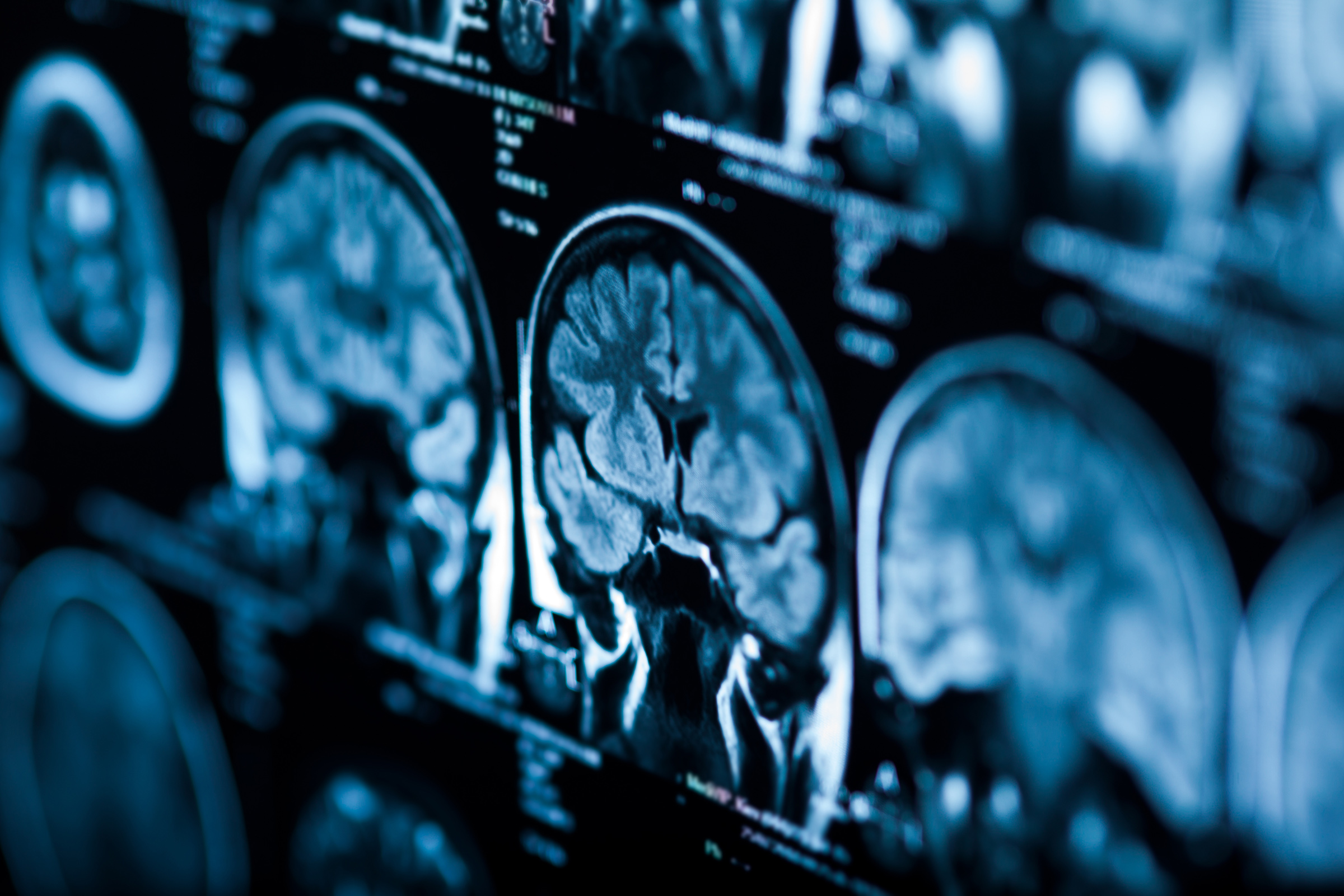X-rays have fundamentally revolutionized healthcare, giving us views of the human body and even almost impossible views of atoms. However, the radiation involved in X-rays has often raised concerns about long-term health risks. Now, researchers at King Abdullah University of Science and Technology (KAUST) may have found a way to make X-ray imaging safer without compromising quality.
The KAUST team has developed what they describe as a novel “cascade-engineered” approach to X-ray detectors. Traditional detectors often rely on single-crystal devices, which require higher doses of radiation to produce clear images. This new method introduces a cascade of interconnected single-crystal devices.
These interconnected devices help significantly improve detection efficiency while reducing harmful radiation exposure by effectively reducing the radiation emitted by X-ray devices.
The crystals powering the new method are made of methylammonium lead bromide (MAPbBr3) perovskite. This material is known for its exceptional charge transport properties, and these crystals play a pivotal role in the improved performance of the new detectors.
By connecting multiple crystals in a series, the researchers created a more efficient X-ray method that produces less radiation while minimizing “dark current,” the background noise that can blur X-ray images. And, it still preserves the essential signal current generated during X-ray exposure.
A new study highlights the impressive results. The detection threshold of the cascade-engineered devices has improved dramatically from regular X-ray methods, dropping from 590 nanograys per second (nGy/s) in conventional single-crystal detectors to just 100 nGy/s.
This innovative approach has huge implications for medical diagnostics and industrial monitoring as a whole. By reducing the radiation dose required for X-ray imaging, it addresses a critical safety concern, making procedures safer for patients and operators alike.
As this technology evolves, it could pave the way for widespread adoption of safer, more efficient X-ray imaging systems. With continued development, this breakthrough holds the potential to transform how we balance technological advancements with human safety, a balance scientists have been fighting long and hard to accomplish.







